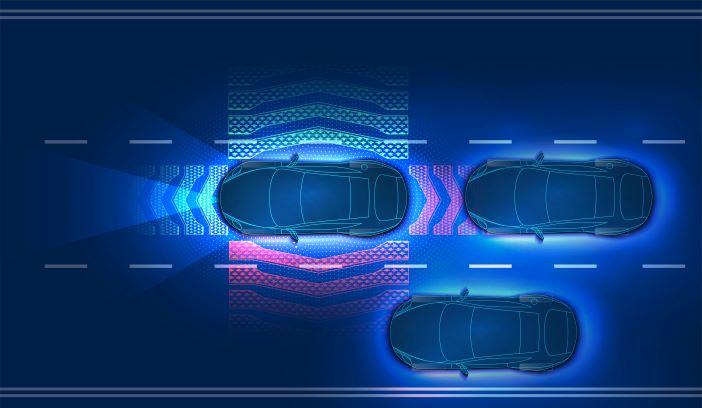As part of the US Department of Transportation’s efforts to increase roadway safety and encourage innovation, the National Highway Traffic Safety Administration (NHTSA) has published the initial round of data it has collected through its Standing General Order (SGO) issued last year.
The accompanying reports summarizing the data – the SAE Level 2 advanced driver assistance systems (ADAS) summary report and the SAE Levels 3–5 automated driving systems (ADS) summary report – are also now available. Going forward, NHTSA will release data updates monthly.
The data reflect a set of crashes that automakers and operators reported to NHTSA since the Standing General Order was issued last June. While not comprehensive, the data provide NHTSA with immediate information about crashes that occur with vehicles that have various levels of automated systems deployed at least 30 seconds before the crash occurred.
The data show that since reporting requirements began, one crash reported for an ADS-equipped vehicle resulted in serious injuries, and 108 of the crashes resulted in no injuries. Of the 130 reported crashes for ADS-equipped vehicles, 108 involved collisions with another vehicle, and 11 involved a vulnerable road user, such as a pedestrian or cyclist.
For vehicles with SAE L2 ADAS, the data show that alleged serious injuries or a fatality occurred in 11 of the 98 crashes where information on injuries was reported. Of the reported crashes for SAE L2 ADAS, at least 116 of the collisions were with another vehicle, and at least four involved a vulnerable road user.
The SGO, issued in June 2021, requires for the first time that manufacturers and operators of vehicles equipped with SAE L2 ADAS or SAE Levels 3–5 ADS report to NHTSA certain crashes when the systems are engaged. The SGO is a first step toward helping the Department take a more data-driven approach to ensuring that AV technology is deployed safely and will help inform future actions, including those to educate consumers and build confidence in advanced vehicle technologies.

“New vehicle technologies have the potential to help prevent crashes, reduce crash severity and save lives, and the Department is interested in fostering technologies that are proven to do so; collecting this data is an important step in that effort,” says Dr Steven Cliff, NHTSA’s administrator. “As we gather more data, NHTSA will be able to better identify any emerging risks or trends and learn more about how these technologies are performing in the real world.”
The new data are the first of their kind, and the reports detail several important caveats and limitations to the dataset. For example, some reporting entities provide the agency with robust data more quickly because their vehicles are equipped with telematics capabilities. Telematics is the most frequently cited source for data collected currently by the SGO. Manufacturers and operators also rely on consumer complaints to begin collecting data, which are the second-largest source for L2 ADAS, and on field reports, the second-largest source for ADS. Also, the data are not normalized by the number of vehicles a manufacturer or developer has deployed or by vehicle miles travelled. That information is held by manufacturers and is not currently reported to NHTSA. As a result, the data cannot be used to compare the safety of manufacturers against one another.

Laura Chace, president and CEO, ITS America
Commenting on the initial data, Intelligent Transportation Society of America (ITS America) president & CEO Laura Chace says her organization applauds the NHTSA for collecting information on automated technologies. “We continue to advance the research, development, and deployment of these critical safety technologies, particularly given the record number of crashes fatalities on US roads. We look forward to working with federal leaders to advance these innovations as part of a safe systems approach toward zero deaths,” says Chace.
L2 ADAS are increasingly common features on many new vehicles and provide driver assistance functions that also combine technologies, like lane centering assistance and adaptive cruise control. ADS-equipped vehicles, which are able to perform the complete driving task in limited circumstances, are not currently sold to consumers. They are in limited use on public roads around the country for testing various mobility types, including ride hailing, shuttle services, and delivering goods.
Image: Adobe Stock.
The post NHTSA releases safety data on advanced vehicle technologies appeared first on megapolisnews.com.









